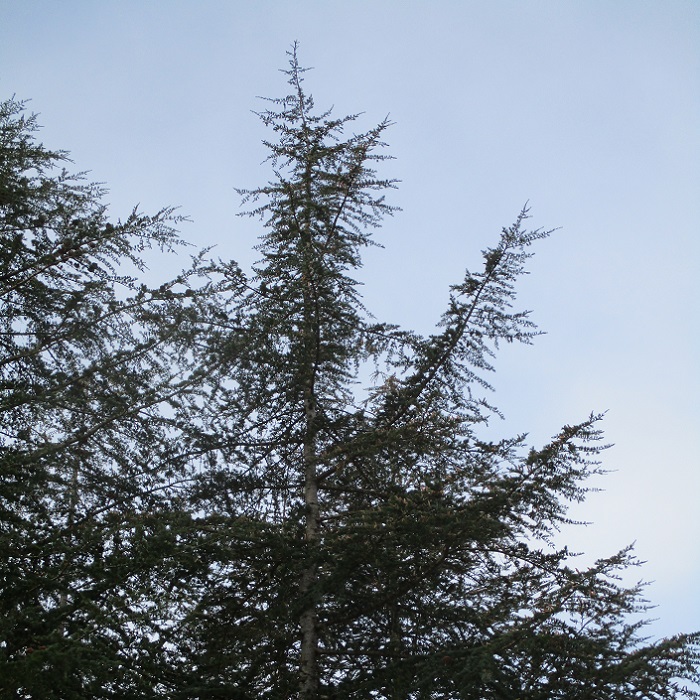UNITED STATES—The first storm of the year has a way of reminding us if our trees need attention. Whether they need to be worked on this year or not, we tend to notice how they blow in the wind, or if they are full of dead and deteriorating debris that falls into the garden or onto the roof. As deciduous trees defoliate, they are less likely to be damaged by wind, but their structural deficiencies become visible.
This is when some of us will contact arborists to inspect and perform necessary arboricultural procedures for trees that have grown to big for us to maintain. We do not want trees to be damaged by the wind. Nor do we want them dropping limbs or falling onto whatever is within their reach. Those that are biggest and most beyond our reach have the most potential to cause major damage.
Arborists are horticulturists who specialize in the horticulture of trees, which is known as arboriculture. They assess the healthy, stability and structural integrity of trees, then prescribe necessary corrective arboricultural procedures, and if necessary, prescribe the best time for such procedures. Most arborists work with a tree service that is equipped to perform the prescribed procedures.
Arborists who are certified by the International Society of Arboriculture, or ISA, have passed an examination of their arboricultural expertise, and maintain their credential by continued involvement with the educational seminars, classes and workshops of the ISA. More information about the ISA, local certified arborists and even arboriculture, can be found at the website www.isa-arbor.com.
As mentioned earlier, arboriculture is specialized horticulture of trees. It is not something that gardeners should be expected to perform; particularly mow, blow and go gardeners who are not even proficient with simple gardening. Many arborists can concur that unqualified gardeners sometimes kill trees, and cause much of the damage to trees that arborists must later correct. Besides, arboriculture is the sort of work that can be very dangerous to those who lack training, experience or the necessary equipment.
Highlight: deodar cedar
Some of us may remember deodar cedar, Cedrus deodara, from the opening scene of “The Andy Griffith Show.” They were in the background as Andy Taylor and his son Opie skipped stones on Myers Lake near Mayberry in North Carolina. Those well established and naturalized trees and the pond are actually in Franklin Canyon Park in the Santa Monica Mountains above Beverly Hills.
If only it did not get big enough to shade most of a compact home garden, deodar cedar would be better than most other evergreen coniferous trees used in California landscapes. It enjoys the warmth and sunshine here, and does not require any more water than what most regions that are not desert get from rain. It eventually gets 50 feet tall and 30 feet wide, and might get bigger.
The glaucous grayish needle leaves are about an inch or two long, and are arranged either in tight terminal clusters on the tips of short and stout stems, or singly on longer and pendulous shoots. Ideally, trees develop conical canopies with horizontal limbs that droop at the tips. Some trees develop a few main trunks down low, or big structurally deficient limbs that curve irregularly upward.
Horticulturist Tony Tomeo can be contacted at tonytomeo.com.






